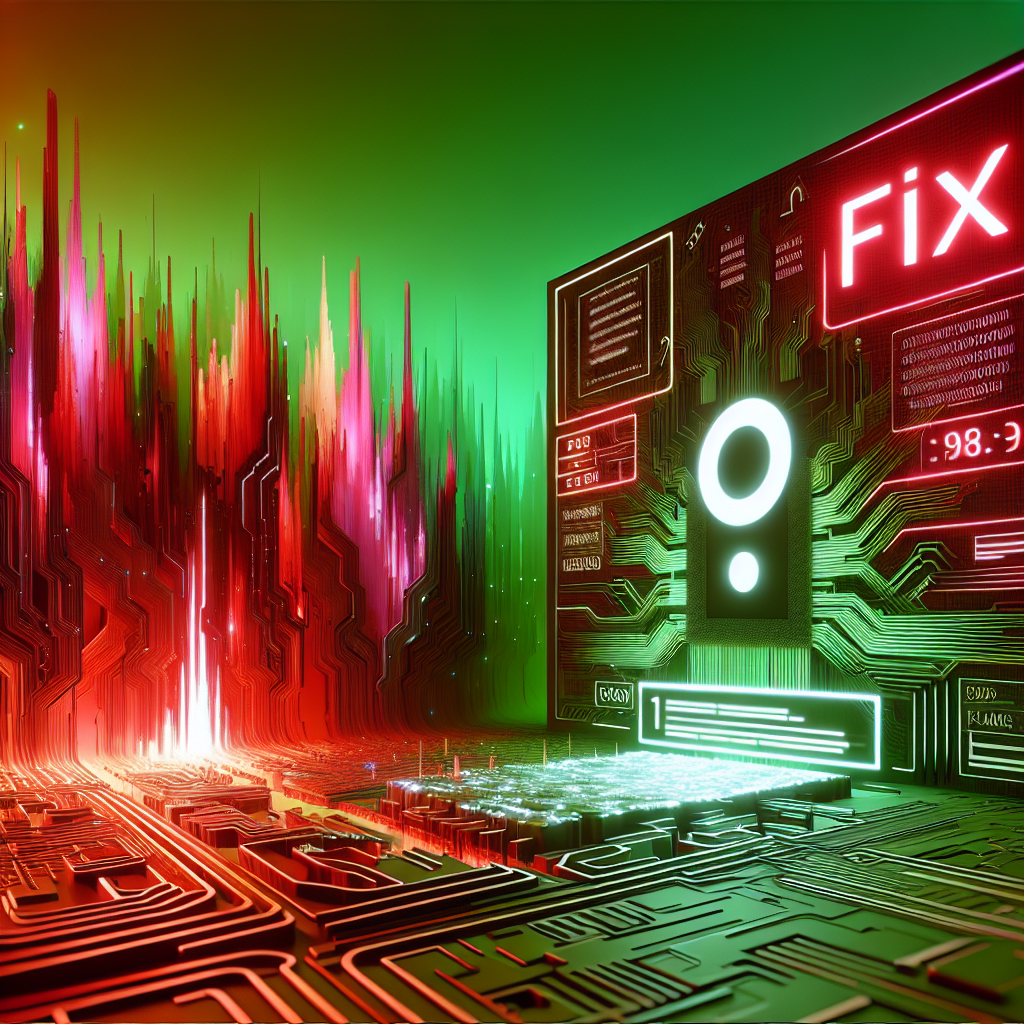Physical Address
304 North Cardinal St.
Dorchester Center, MA 02124

Encountering the Error 0x0000009F on your computer can be incredibly frustrating, especially if you’re in the middle of a crucial task. This error, also known as DRIVER_POWER_STATE_FAILURE, typically indicates a problem with a driver or power management. As an expert in technology, I’ve faced this problem myself and discovered effective solutions to resolve it. In this blog post, I’ll guide you through the steps to diagnose and fix the Error 0x0000009F.
Error 0x0000009F is a common BSOD (Blue Screen of Death) error that occurs when a device driver is inconsistent or not compatible with Windows’ power management settings. It may cause your system to shut down or restart abruptly, leading to data loss and disrupted workflows.
Outdated or corrupted drivers are the most common culprits behind Error 0x0000009F. Updating them can often resolve the issue.
Power management settings can sometimes conflict with drivers, leading to Error 0x0000009F. Adjusting these settings can be beneficial.
If you started experiencing the error after installing new software, it’s wise to examine these applications.
Corrupted system files can cause various errors including 0x0000009F. Running these tools can help repair such files.
Malware and viruses could disrupt your system’s functionality. Run a full system scan using your antivirus software.
A clean boot helps in isolating the software that might be causing the error. Here’s how to do it:
Error 0x0000009F, also known as DRIVER_POWER_STATE_FAILURE, is a BSOD error that typically involves driver or power management issues.
Yes, outdated or corrupted drivers are common causes of this error. Updating them can often resolve the issue.
You can navigate to Hardware and Sound > Power Options in the Control Panel, select your power plan, and modify advanced settings such as PCI Express.
By following these steps, you should be able to diagnose and fix Error 0x0000009F, allowing your system to function smoothly once again. Always ensure your drivers and OS are updated and avoid installing unverified software to prevent such issues in the future. If the problem persists, consider consulting a professional technician.